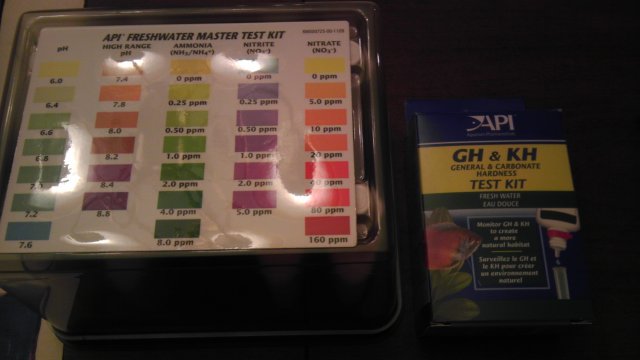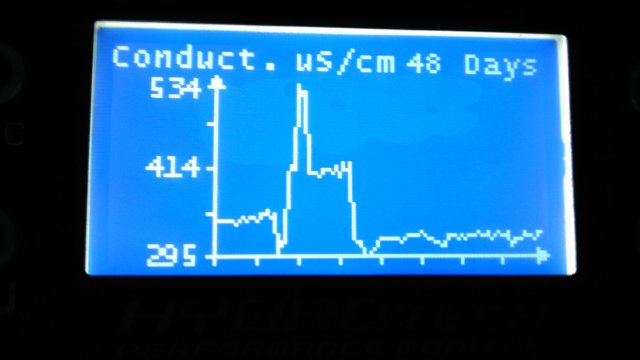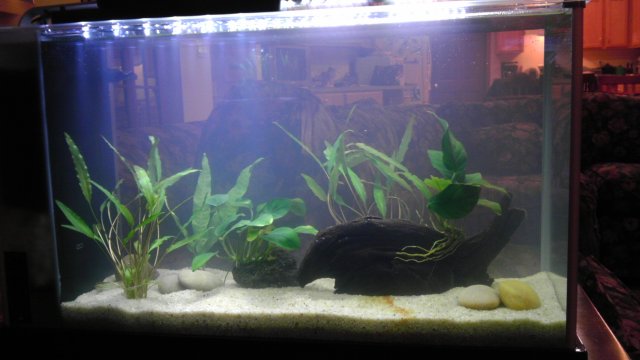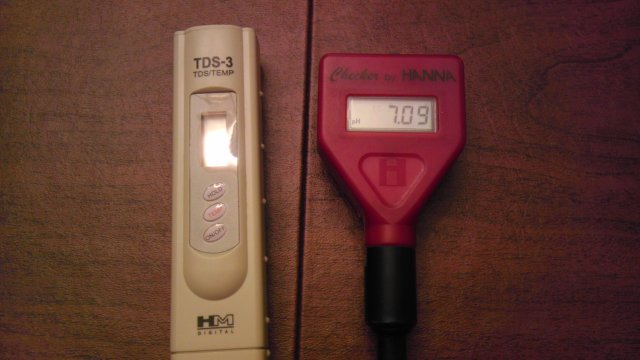Look, this really is not hard to understand. Nothing appears in your tank by magic.
If all that is ever being added to the tank is fish food, then everything that grows in that tank grows from the nutrients provided by the fish food.
There is no magic, only boron, carbon, calcium, copper, iron, magnesium, manganese, molybdenum, nitrogen, phosphorus, sulfur and zinc.
Measure the amount of nutrients being added, subtract those consumed by fish and plants, and what is left over is excess nutrients. The excess nutrients accumulate in the water and can be measured. When the accumulation reaches significant levels, a water change is the most effective treatment.
The goal for some of us is to monitor this cycle, and not over feed or overstock so that the supply of nutrients meets the demand for the nutrients.
If there is anything in the tank that appeared by magic, then I will evoke the same magic to remove it.
Has anybody ever told you just how beautiful you are when you are wrong? :naughty:
A fish is what it eats. It is the total sum of every meal it ever ate. And so are you. And so is your tank.
If all that is ever being added to the tank is fish food, then everything that grows in that tank grows from the nutrients provided by the fish food.
There is no magic, only boron, carbon, calcium, copper, iron, magnesium, manganese, molybdenum, nitrogen, phosphorus, sulfur and zinc.
Measure the amount of nutrients being added, subtract those consumed by fish and plants, and what is left over is excess nutrients. The excess nutrients accumulate in the water and can be measured. When the accumulation reaches significant levels, a water change is the most effective treatment.
The goal for some of us is to monitor this cycle, and not over feed or overstock so that the supply of nutrients meets the demand for the nutrients.
If there is anything in the tank that appeared by magic, then I will evoke the same magic to remove it.
Has anybody ever told you just how beautiful you are when you are wrong? :naughty:
A fish is what it eats. It is the total sum of every meal it ever ate. And so are you. And so is your tank.






